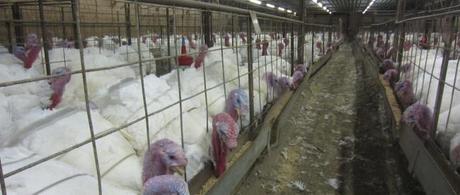
In March 2020, there was more than 143.9 thousand tonnes of poultry carcase waste produced in the UK[1] through poultry production. That figure relates to the number of birds slaughtered for meat produce, but birds also die in their millions from natural causes or disease, all around the world.
For example, farmers can experience up to a 40 per cent increase in fallen stock during colder months. Several years ago, a fatal outbreak of bird flu also caused around 50 million birds to be killed in the Upper Midwest, USA.
What is Classed as Poultry Waste?
Poultry waste includes dead birds and their carcasses, droppings, poultry manure, poultry litter and dressing waste, and improper treatment of these materials can have severe consequences. Poultry waste poses the risk of contaminating water courses or soil, meaning it can make its way into our food and drink. It can also lead to the mutation of other infectious animal diseases and new virus strains, as well as attracting vermin.
Effective Waste Management
Farmers within the poultry industry are expected to meet certain guidelines when it comes to poultry waste management, but the costs to do so are steadily increasing. Collections fees are rising, and transportation prices are becoming more expensive, meaning remaining compliant comes with a hefty price tag.
To protect public health, the environment and living poultry, farmers must make conscientious, safe decisions when it comes to managing the waste of fallen birds.
Internationally, incineration has long-been known as the most effective tool for the management of poultry waste. For example, we have supplied a range of poultry incinerators across Africa, the Middle East, South East Asia and the Caribbean to help farmers manage their waste quickly and efficiently.
Increased Biosecurity & Revenue
Incineration is the safest solution for those who wish to correctly manage their poultry waste. Doing so can even provide farmers with a new fertiliser stream. Incinerating purely chicken waste, for example, converts it to just three per cent bottom ash - usually rich in nutrients and vitamins, and therefore perfect for spreading. This offers huge bio security benefits by removing the risk of infection to water and surrounding land from rotting waste .
Speak to the Experts in Incineration
Inciner8's DEFRA-approved poultry machines have excellent burn rates and keep nitrogen and potassium levels within safe parameters. Larger models with higher throughput are available but may require additional permits to operate. And while many think incinerators are bad for the environment, our products produce only clean air, meaning there's no wider impact from their use.
Inciner8 offers a wide range of poultry incineration machines for fallen poultry stock, to assist in the burning of chickens, turkeys, game, geese, hatcheries and more. It is the most efficient - and only recognised bio secure - method of poultry waste disposal, reduces infection risk and offers total process control.

